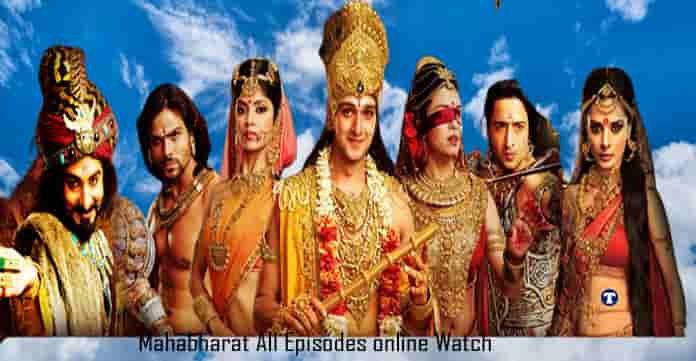

With Bhima leading the Pandava army stood against them with cheering hearts.ĭushasana fought Nakula, attempting to strike him with many an arrow, but Nakula cut down these arrows, the standard and the bow of his enemy.

The horrendous war began with Bhishma leading all of the Kaurava armies, rushing with their raised flags against the Pandavas. Saubhadrashcha mahaabaahuh shankhaan dadhmuh prithak prithak.18.ĭrupada and the sons of Draupadi, O Lord of the Earth, and the son of Subhadra, the mighty-armed, all blew their respective conches! Day 1 – Pandavas suffered heavy losses The king of Kasi, an excellent archer, Sikhandi, the mighty car-warrior, Dhristadyumna and Virata, and Satyaki, the unconquered,ĭrupado draupadeyaashcha sarvashah prithiveepate Kaashyashcha parameshwaasah shikhandee cha mahaarathah ĭhrishtadyumno viraatashcha saatyakishchaaparaajitah. Yudhishthira, the son of Kunti, blew the “Anantavijaya” and Sahadeva and Nakula blew the “ Manipushpaka” and “ Sughosha” conches.

Nakulah sahadevashcha sughoshamanipushpakau. Hrishikesha blew the “ Panchajanya” and Arjuna blew the “ Devadatta”, and Bhima, the doer of terrible deeds, blew the great conch, “ Paundra”.Īnantavijayam raajaa kunteeputro yudhishthirah Paundram dadhmau mahaashankham bheemakarmaa vrikodarah. Paanchajanyam hrisheekesho devadattam dhananjayah Then also, Madhava ( Lord Krishna), and the son of Pandu ( Arjuna), seated in their magnificent chariot yoked with white horses, blew their divine conches. Maadhavah paandavashchaiva divyau shankhau pradadhmatuh. Tatah shvetair hayair yukte mahati syandane sthitau Then (following Bhishma), conches and kettle-drums, tabors, drums, and cow-horns blared forth quite suddenly (from the side of the Kauravas) and the sound was tremendous. Sahasaivaabhyahanyanta sa shabdastumulo’bhavat. Tatah shankhaashcha bheryashcha panavaanakagomukhaah His glorious grandsire ( Bhishma), the eldest of the Kauravas, in order to cheer Duryodhana, now roared like a lion and blew his conch. Simhanaadam vinadyocchaih shankham dadhmau prataapavaan. Tasya sanjanayan harsham kuruvriddhah pitaamahah In the Bhagavad Gita chapter 1, verses 12 to 18, most of the warrior blew their transcendental conch-shells ( shankhas) to start of the Kurukshetra war. The great war of Mahabharata (The Battle of Kurukshetra) began after blowing Panchjanya (conch) by Lord Krishna. He also explains the military formations adopted by each side on each day, the death of each hero and the details of each war-racing. of the (ancient) Indian Subcontinent (Bharata Varsha). In the beginning, Sanjaya gives a description of the various continents of the Earth, the other planets, and focuses on the Indian Subcontinent, then gives an elaborate list of hundreds of kingdoms, tribes, provinces, cities, towns, villages, rivers, mountains, forests, etc. He also feels guilty, due to his own role that led to this war, destructive to the entire Indian subcontinent Dhritarashtra sometimes asks questions and doubts and sometimes laments, knowing about the destruction caused by the war, to his sons, friends, and kinsmen. Sanjaya narrates each incident of the Kurukshetra War, fought in 18 days, as and when it happened. Jaya, the core of Mahabharata, is structured in the form of a dialogue between the King Dhritarashtra (who was born blind) and Sanjaya (having a divine vision), his advisor, and chariot driver. In the end The Narration of the Kurukshetra War


 0 kommentar(er)
0 kommentar(er)
